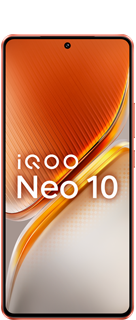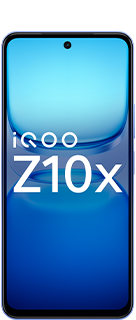Getting basic answers on ChatGPT? Try taking a different approach | 6 GPT tips
Tired of ChatGPT giving you the same polished, predictable responses? Try these six mindset tweaks to get more useful, human-like answers.
When was the last time ChatGPT gave you exactly what you wanted, in one go? For me, that sweet spot existed only in the early days. These days, it’s mostly the same old polished replies, familiar phrases and that unmistakable AI tone. Frustrating? Definitely.

And I know I’m not alone. If you’re a student trying to draft essays, a freelancer brainstorming ideas, a coder debugging scripts or just someone curious about AI, chances are you’ve felt the same way. Now, what if I tell you, it’s not always the tool that’s falling short, it’s how we’re using it.
1. Accept the fact that ChatGPT makes things up
AI tools like ChatGPT are known for "hallucinating", which makes them unreliable. The responses often sound confident and well-written, but they’re based on predicting the next word, not checking facts. That’s why it can throw in incorrect stats, fake names or made-up quotes without any warning.
2. Use it to challenge your thinking, not just be your “yes man”
ChatGPT is surprisingly good at reinforcing our biases. It echoes your viewpoint without hesitation, without any cross questions. But it doesn’t have to work that way.
If you prompt it right, it can push your thinking in new directions. Instead of asking, “Why is remote work better than going to the office?” try: “Can you compare the pros and cons of remote work, hybrid setups, and full-time office work from the perspectives of a team manager and an employee?” You will notice the difference.
3. Treat it like a fast intern, not a mind-reader
If you think a small tweak in your prompt will magically change how ChatGPT responds, think again. ChatGPT isn’t reading your mind, it’s simply reflecting what you feed it. So, if your question is vague, the reply will be just as unclear.
So, what’s the trick? Being specific. Remember how an intern looks curious to learn, but he needs instruction in simple, clear language to get the work done? Treat ChatGPT the same way. Define your goal, audience, tone and format right at the start.
4. You’re the director here, not GPT
You’re the director, and GPT is just the actor. Unless you tell it who it has to act like, it may keep on disappointing you. ChatGPT can take on plenty of roles, copywriter, critic, coach, even a therapist, but you need to spell it out. As simple as an “act as…” prompt can instantly shift its tone and direction.
But don’t stop there. Set the scene, define the tone and lay down the rules. The clearer your briefing, the better the result.
5. ChatGPT is not your creative replacement
Yes, ChatGPT is powerful. But can it get the same creative spark as a human? No. So, let it help you brainstorm, structure ideas or rework messy drafts, but the final judgment, taste and polish should come from you. The magic doesn’t come from the tool. It comes from how you use it.
6. Stay emotionally detached
It might sting a little, but here’s the truth: ChatGPT is not your friend, mentor or therapist. It’s just a machine predicting the next best word.
And when you’re stuck, stressed, or feeling low, it’s easy to lean in and over-trust its answers. That’s where it gets risky. Treat it like a tool, not a voice of wisdom. The moment you start assigning it feelings or authority, you lose the clarity needed to use it well.
Source;HindustanTimes
Please like and follow your gaming and knowledge Questers @Kvkartikji04
Please sign in
Login and share
























